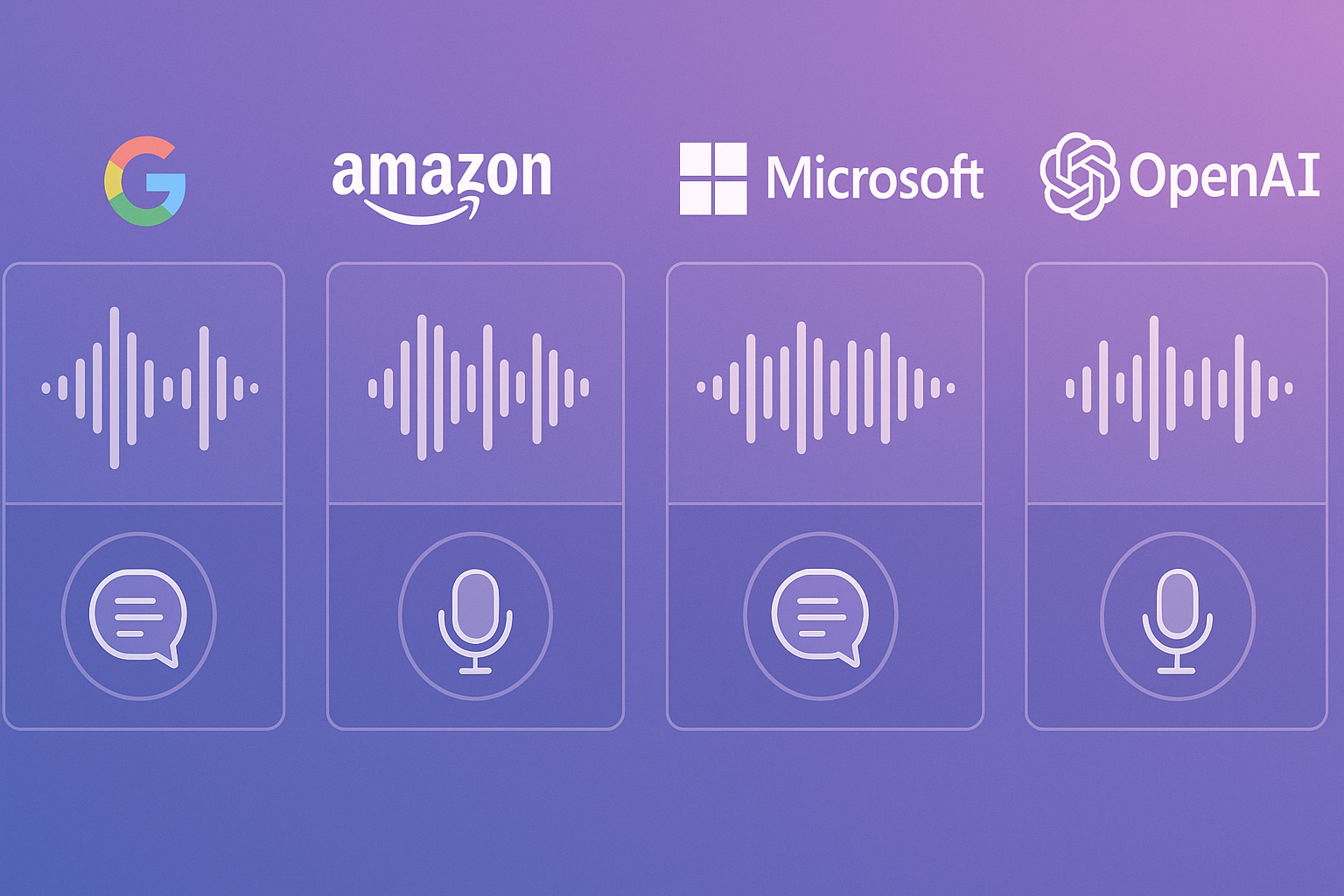Text-to-Speech AI Comparison: Which TTS Engine Should You Choose?


Text-to-Speech AI Comparison: Which TTS Engine Should You Choose?
AI voice technology has made incredible progress. In 2025, text-to-speech AI comparison is not just about robotic voices anymore — it’s about near-human speech, multilingual support, and advanced neural synthesis. But with so many options available, which engine should you choose?
Why Text-to-Speech Matters in 2025
From YouTube dubbing to e-learning, customer support, and accessibility, TTS engines are at the heart of modern content creation. Choosing the right engine affects not only the voice quality but also latency, cost, and licensing flexibility.
What is AI TTS?
AI text-to-speech (TTS) converts written text into spoken audio using deep learning.
- Neural TTS: Uses neural networks to produce natural speech with intonation, pauses, and emotions.
- Classic TTS: Older concatenative or parametric synthesis, less natural.
Today, most providers rely on neural TTS.
Top TTS Providers Compared
| Provider | Languages | Voices | Unique Features | Pricing (approx) | Best For |
|---|---|---|---|---|---|
| Google Cloud TTS | 40+ | 380+ | WaveNet, Studio voices | $16 per 1M chars | Developers needing quality + scale |
| Amazon Polly | 30+ | 60+ | Low-latency, SSML support | $16 per 1M chars | Cost-sensitive apps |
| Microsoft Azure | 140+ | 400+ | Neural voices, style & emotion | $16 per 1M chars | Multilingual enterprise |
| OpenAI TTS | 10+ | Few | GPT-powered, context-aware | TBD (early) | Cutting-edge use cases |
| Startups (e.g. Play.ht, ElevenLabs) | 20–30 | 100+ | Voice cloning, fast iteration | SaaS subscriptions | Creators, podcasters |
Pros & Cons at a Glance
-
Google Cloud TTS
✅ Best overall voice quality (WaveNet/Studio).
❌ Requires setup, pricing can rise at scale. -
Amazon Polly
✅ Affordable, reliable, well-integrated with AWS.
❌ Smaller voice selection, less natural than Google/Microsoft. -
Microsoft Azure
✅ Huge language coverage, expressive styles (casual, cheerful, empathetic).
❌ Complex setup for non-enterprise users. -
OpenAI TTS
✅ Cutting-edge, context-aware prosody.
❌ Limited availability, still experimental. -
Startups
✅ Voice cloning, creativity tools.
❌ Pricing can be steep for heavy use, stability varies.
How to Choose the Right TTS
Ask yourself:
1. What’s the use case? (e.g. video dubbing, audiobooks, accessibility)
2. Which languages matter most?
3. Do you need emotion/style?
4. What’s your budget?
For developers: Google or Microsoft.
For businesses: Microsoft (multilingual) or Amazon (cost-efficient).
For creators: Startups (voice cloning, unique styles).
Where SesMate Fits In
At SesMate, we don’t build a TTS engine from scratch — instead, we integrate the best providers.
- Upload your transcript or translation.
- Assign voices per speaker.
- Generate timestamp-synced multi-speaker audio.
- Use it directly with your video content.
👉 SesMate focuses on workflow automation — you bring the text, we handle the TTS orchestration.
FAQ
Q: Which TTS is most natural?
A: Google Studio and Microsoft Neural voices are closest to human.
Q: What is Neural TTS?
A: A deep learning-based voice synthesis system that mimics human speech patterns.
Q: Is free TTS safe to use?
A: Yes, but free plans often have usage limits, watermarks, or licensing restrictions.
Try SesMate free for 7 days — Pricing · Sign up
⚖️ Copyright & Fair Use Notice
SesMate is a tool designed for creators, educators, and businesses. Please respect copyright laws when downloading, transcribing, translating, or dubbing content. Only use materials you own or have permission to use, or ensure that your use falls under fair use / fair dealing exceptions in your jurisdiction.